As “City” and “Outskirts” dwellers, we really appreciate visits to our extended families who live in the country. It gives us an opportunity to hike, shop, and eat in small town settings and spend more time outdoors. Oroville sits on a plateau at the junction of the Sierra Nevada Range, the Central Valley, and the metamorphic Cascade Range. We enjoyed wildflowers on Table Mountain, a flat volcanic mound above the town of Oroville, with great views of the Buttes in the distance…
a covered bridge on the side of Table Mountain…
and a leisurely walk along the Feather River with Steven’s sister, before hitting the “Ashtray Museum”. I forgot that ashtrays used to include huge, ugly ceramic platters in Avocado and Harvest Gold from the 50’s, with places to lodge burning cigarettes, maximizing the second hand smoke damage to loved ones….but that generation did know how to mix cocktails! Some of the oldest people I ever met drank whiskey and smoked to their last day….maybe the combination was medicinal?
One of the first gold mining sites in California, “Bidwell Bar” is buried under 3.5 million acre feet of water in Lake Oroville, perched atop the town. As the second largest water reservoir in California, it is crucial to our state’s ability to survive our 3rd year of drought this summer. Oroville Dam is the 20th largest dam in the world, and both the tallest and largest earth filled dam in the U.S. Originally named Ophir City, Oroville was established at the navigable head of the Feather River to transport goods from San Francisco and Sacramento to miners. The Chinese community thrived here supporting both mining and the building of rail lines over the Sierra Nevada. The “California Zephyr” chugged through here for 20 years. Once the largest Chinatown in California, the Flood of 1907 destroyed the community but left the Chinese Temple, built in 1863. Today it is a museum dedicated to the original practices in the temple: Buddhism, Taoism, and Confucianism, with a large meeting room for chinese community activities. Gold was at the heart of all commerce and an intact gold assay office was preserved as well.
Exhibition halls with ceremonial clothing and arts are surrounded by shady gardens with blooming camellias and sculpture.
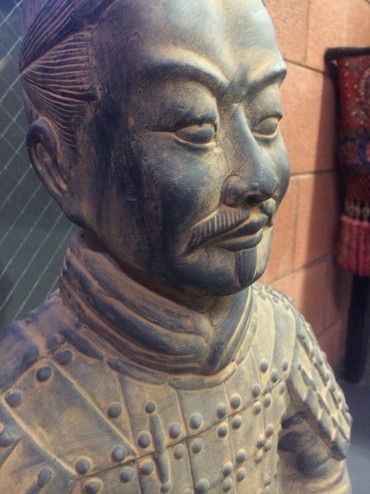 Memorable residents are celebrated here: 1) Ishi, the last Stone Age Indian who wandered out of the mountains here, malnourished and mentally ill in 1911; 2) Freda Ehmann, a suffragette and friend of Susan B. Anthony, who established the world’s largest canned olive factory in Oroville; and 3) the “Mother Orange Tree”, the oldest of all Northern California orange trees.
Memorable residents are celebrated here: 1) Ishi, the last Stone Age Indian who wandered out of the mountains here, malnourished and mentally ill in 1911; 2) Freda Ehmann, a suffragette and friend of Susan B. Anthony, who established the world’s largest canned olive factory in Oroville; and 3) the “Mother Orange Tree”, the oldest of all Northern California orange trees.
Even without enjoying the expansive Lake Oroville for swimming, boating and fishing, this is one sweet little town with an interesting history. The town is still waiting for the State of California to keep its promise to pay taxes and develop the Lake’s recreational potential in exchange for taking much of the Lake’s overflow to Southern California to water pools and golf courses in the otherwise desert conditions there. Maybe it is time for more “Water Wars”.

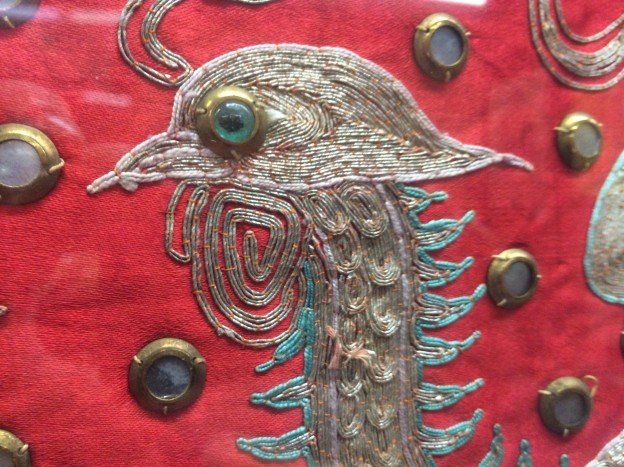
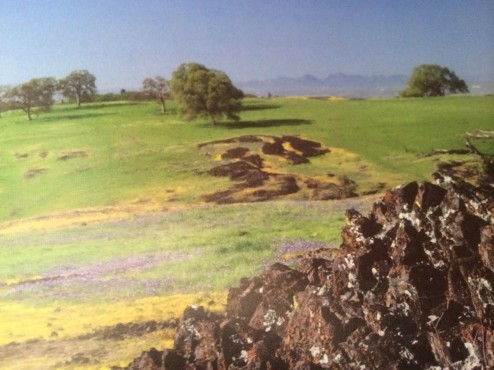
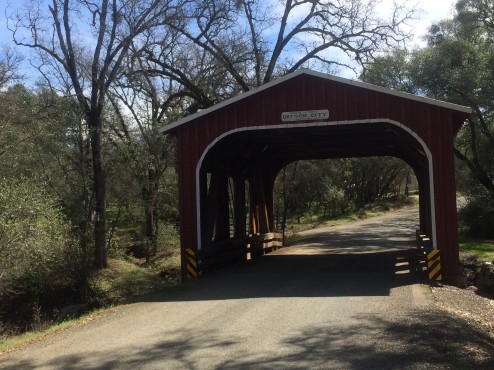
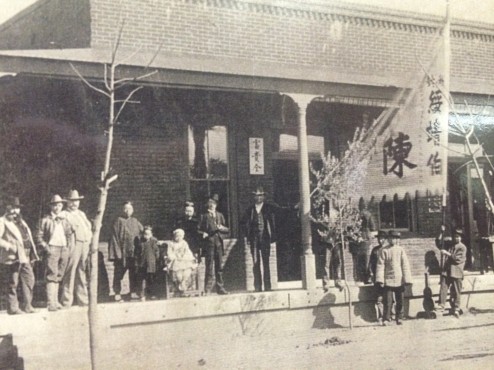
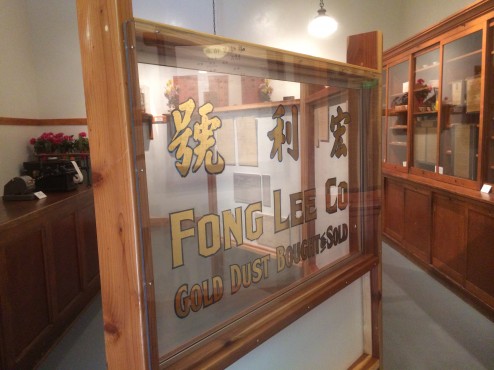
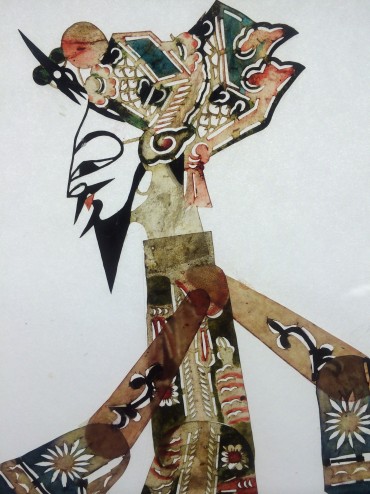
Love Oroville! Although this drought has definitely taken its toll on the lakes and rivers =/
My family owns a couple acres in the Feather River Canyon, right along side the Feather River and next to the Pacific Railroad tracks. So many of my childhood summers were spent in this beautiful, untouched wilderness. So glad you enjoyed it, and what beautiful photos! =)